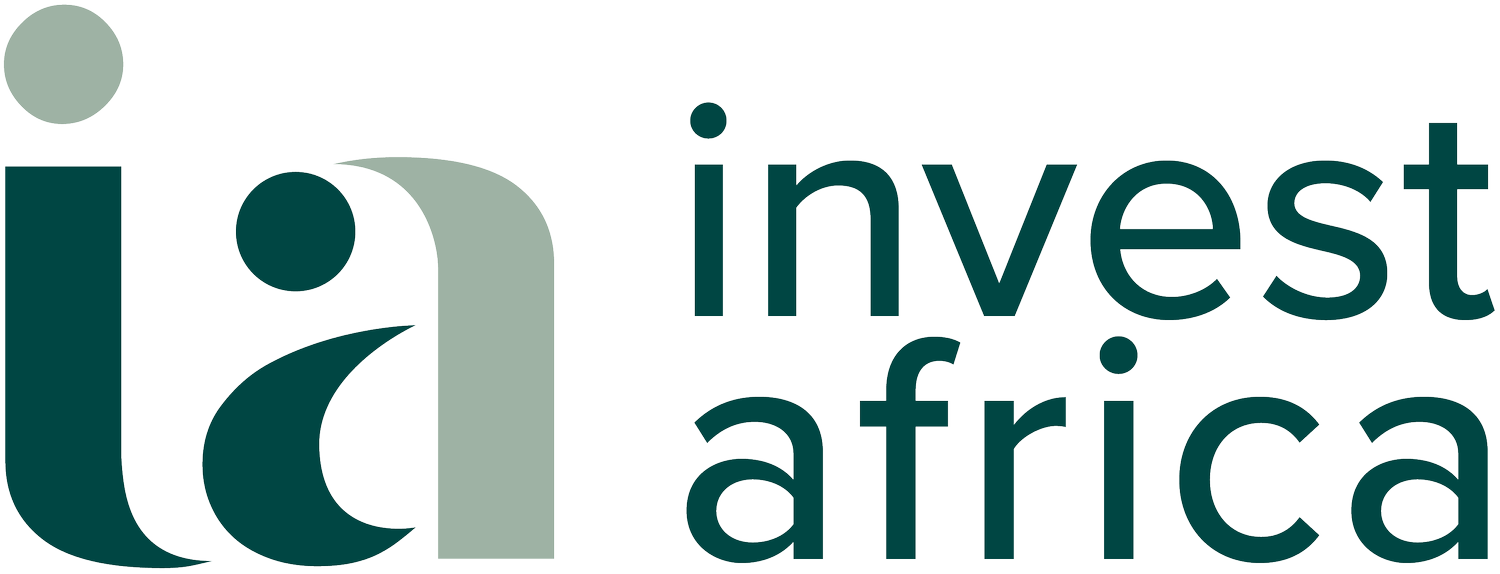Knight Frank: Kenya Market Update
COVID-19
The first case of COVID-19 was reported on 12th December, 2019 in Wuhan, China thereafter the disease has rapidly spread and dominated world affairs throughout 2020. The World Health Organisation (WHO) confirmed COVID-19 as a pandemic in March. As at 30th June, WHO had confirmed circa 10.5 million cases, 5.7 million recoveries and 511,000 fatalities globally. Across the East African region, the pandemic has been accelerating across various countries. As at 30th June, Kenya was the second highest country with confirmed cases, after Sudan.
Kenya’s Ministry of Health (MOH) confirmed its first case on 13th March. As at 30th June, Kenya had confirmed 6,366 cases, 2,039 recoveries and 148 fatalities. Nairobi County currently has the highest number of confirmed cases followed by Mombasa County.
The Economy
Kenya’s economic growth slowed down to 4.9% in the first quarter of 2020 compared to 5.5% over the same period in 2019, according to the Kenya National Bureau of Statistics (KNBS). The Gross Domestic Product (GDP) decline is mainly attributed to an underperforming economy coupled with heightened uncertainty following the outbreak of COVID-19 during the end of the first quarter, which led to decelerated growth from traditionally strong sectors such as the tourism sector. The International Monetary Fund (IMF) predicted that the Kenyan economy is expected to contract to -0.3% in 2020, mainly due to the locust outbreak, flooding and the negative shocks COVID-19 has had on an already underperforming economy.
The Sub-Saharan African Gross Domestic Product (GDP) is expected to suffer from its first recession in 25 years. The GDP is expected to contract to -3.2% in 2020 and this is mainly attributed to the decline in global trade, reduced economic growth globally and from the region’s largest economies, tourism dependent countries and oil exporting countries.
The Macroeconomic environment was fairly volatile over the review period. The Monetary Policy Committee (MPC) consecutively lowered the Central Bank Rate (CBR) over the first half of 2020. In order to stimulate economic growth, the CBR was lowered to 8.25% in January. In March, it was lowered further to 7.25% due to COVID-19 and the negative economic growth projections. The committee in April, reduced the CBR further
to 7.00%, a rate which has been maintained up to June and the lowest since 2011. This was mainly attributed to the negative impact COVID-19 has had on the economy and adverse economic outlook. Commercial banks’ interest rates remained at circa 12% during the first half of 2020. Month-on-month inflation ranged between 4.59% to 6.8%. June recorded the lowest inflation rate of 4.59% since September 2019 due to a decrease in
food prices.
The Kenya Shilling continued to weaken against major currencies such as the US Dollar and the Euro. The Shilling remained stable against the Sterling Pound and Chinese Yuan. Cement production increased to 2.15 million metric tonnes (MT) in the 4 months to April, a 9% jump from 1.96 million MT over the same period in 2019. Similarly, cement consumption increased to 2.13 million metric tonnes (MT) in the 4 months, a 9% rise from 1.96 million MT over the same period in 2019.
